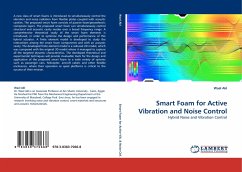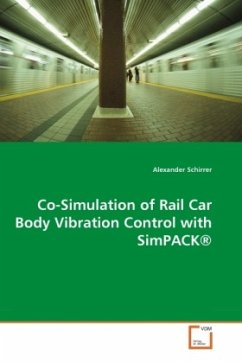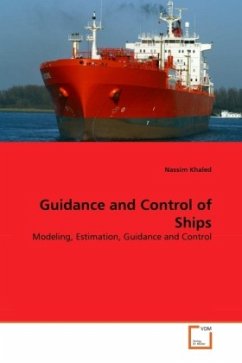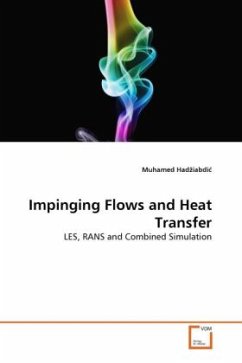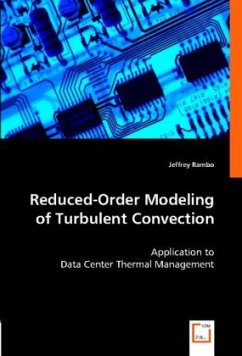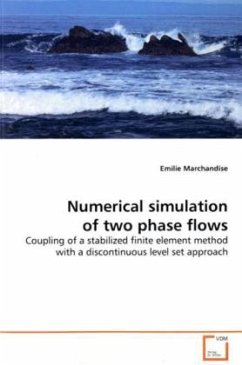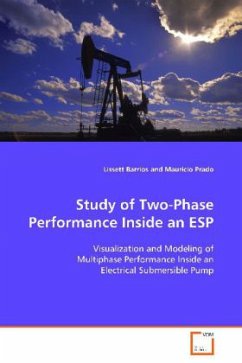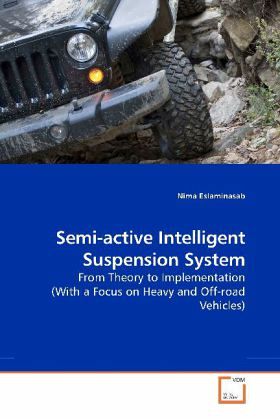
Semi-active Intelligent Suspension System
From Theory to Implementation (With a Focus on Heavy and Off-road Vehicles)
Versandkostenfrei!
Versandfertig in 6-10 Tagen
45,99 €
inkl. MwSt.

PAYBACK Punkte
23 °P sammeln!
Semi-active suspension systems have shown a significant improvement over the passive systems. Due to this fact, semi-active dampers have been designed and made commercially available; the control strategies have been adopted and implemented to offer superior ride quality to passenger vehicles. However, the technology is still an emerging one. Elaboration and more research work on different theoretical and practical aspects are required. This book is an attempt to develop an understanding of some of those aspects, such as the effect of the semi-active dampers response-time on the performance of...
Semi-active suspension systems have shown a significant improvement over the passive systems. Due to this fact, semi-active dampers have been designed and made commercially available; the control strategies have been adopted and implemented to offer superior ride quality to passenger vehicles. However, the technology is still an emerging one. Elaboration and more research work on different theoretical and practical aspects are required. This book is an attempt to develop an understanding of some of those aspects, such as the effect of the semi-active dampers response-time on the performance of the control strategies through analytical and numerical methods. To achieve its goals and objectives, this book makes effective use of different analysis methods, including the nonlinear perturbation techniques, such as method of averaging; numerical studies and simulation processes; and real-time tests and experiments where applicable.




